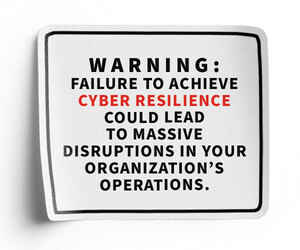It’s a question of when, not if, an organization will be breached, and experts say that cyber resilience is as important as cybersecurity. State and local government agencies must be in a position to not only weather an attack but to recover and adapt to threats following a breach.
“Every day is a learning day,” says Jon France, CISO of ISC2, a cybersecurity training and certification organization. “And if you go through a scenario where you’ve been attacked, compromised or even endured an attempt, you take the opportunity to learn from it as well. Resilience is a discipline, not a point-in-time action. And going through some tough times can inform future action and give you the opportunity to learn from it.”
What Is Cyber Resilience and Why Is It Important?
Cybersecurity resilience refers to an organization’s ability to “continuously deliver the intended outcomes despite adverse cyber events,” says Lisa Plaggemier, executive director of the National Cybersecurity Alliance. “It encompasses the ability to prepare for, respond to, recover from and adapt to cyberthreats, ensuring the protection and recovery of information systems by planning for potential issues before they arise.”
Resilience, France notes, involves not only dealing with cybersecurity incidents but also recovering and getting back to a normal operating environment. That doesn’t necessarily mean returning to exactly as things were before a breach, however, since cyber resilience involves adaptation. IT and business leaders may decide to prioritize restoring some functions or processes early, and some not at all.












